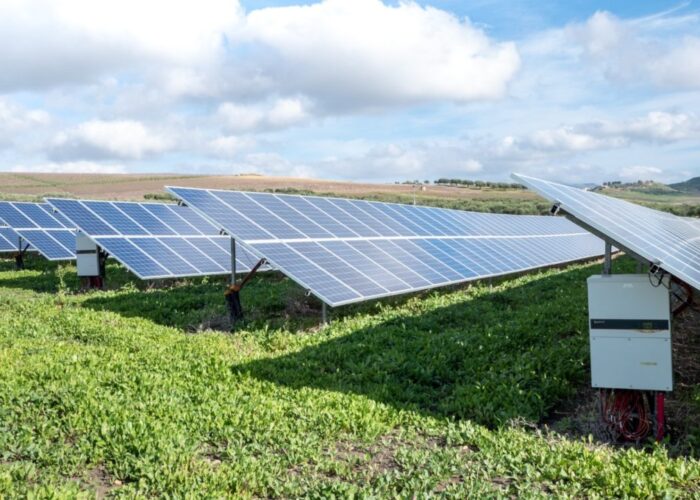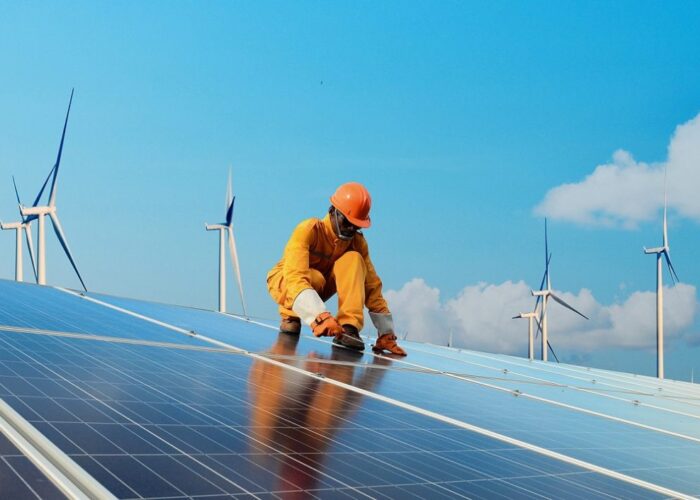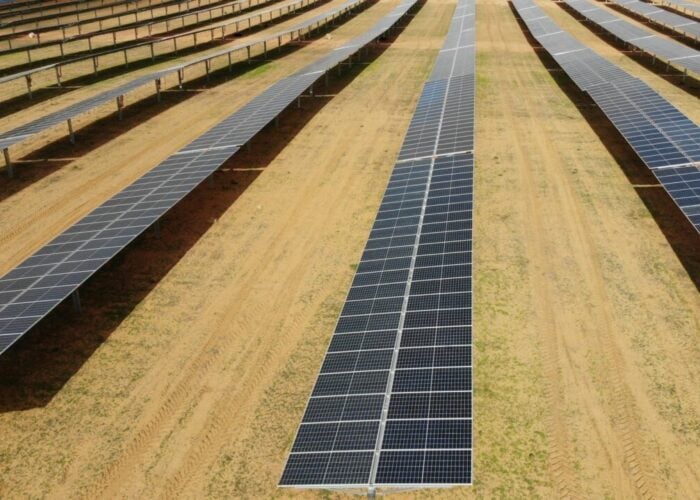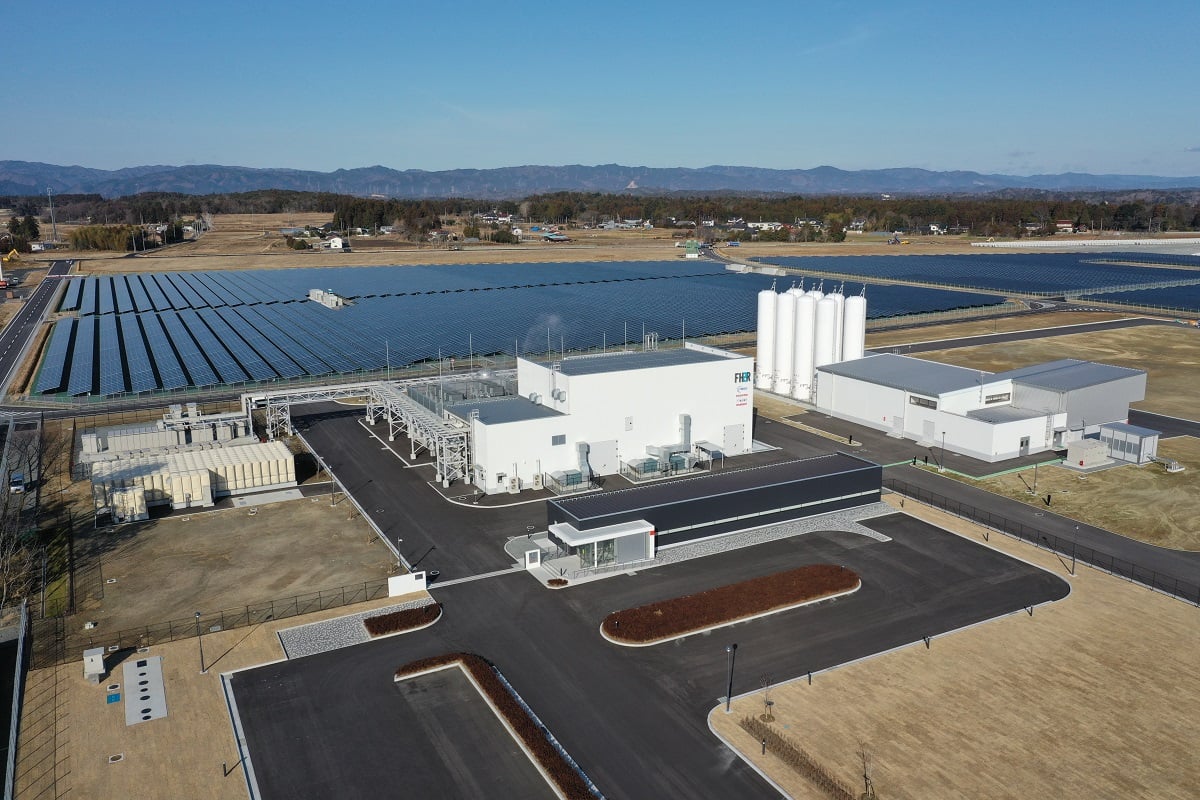
Back in 2016, I was serving as founder and executive director of the California Energy Storage Alliance (CESA). CESA is membership-based trade association and advocacy group that has helped build California into one of the world’s most robust energy storage markets. At that time, CESA did not know exactly where California was headed with clean energy, but we did know other jurisdictions, such as Hawaii, were committing to 100% renewable portfolios.
The CESA team was curious – if California created a similar clean energy goal, how would that drive California’s energy storage needs? To answer this question, we performed a simple exercise. The CESA team took one year’s worth of daily loads from CAISO OASIS data and ran a model that increased the wind and solar on the system until total production matched total energy consumption. Then we plotted the results for every day of the year, as shown in Figure 1.
Unlock unlimited access for 12 whole months of distinctive global analysis
Photovoltaics International is now included.
- Regular insight and analysis of the industry’s biggest developments
- In-depth interviews with the industry’s leading figures
- Unlimited digital access to the PV Tech Power journal catalogue
- Unlimited digital access to the Photovoltaics International journal catalogue
- Access to more than 1,000 technical papers
- Discounts on Solar Media’s portfolio of events, in-person and virtual
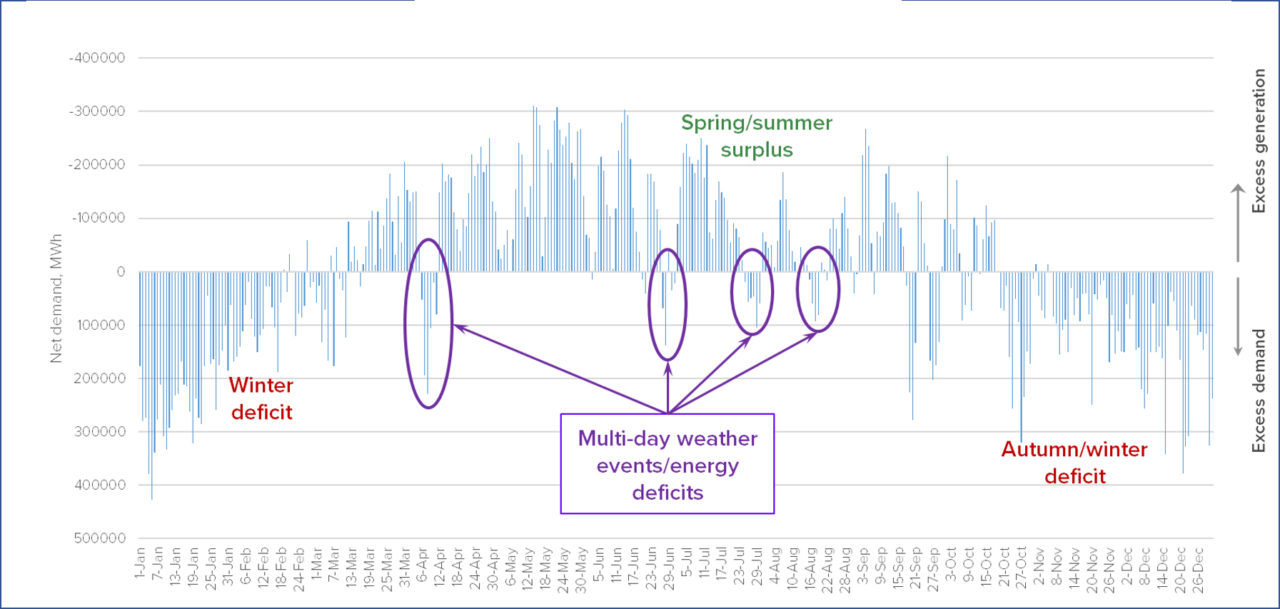
The resulting graphic clearly demonstrated that in a very high, 100% renewable scenario, multi-day and seasonal energy storage solutions would be required to balance the grid. At that time, the largest form of energy storage within CESA’s membership was pumped hydro, and even that could not offer nearly enough capacity for seasonal energy storage needs.
Driven by curiosity and resolve, I started a search for a technologically and economically feasible seasonal energy storage solution for California and beyond. I spoke to experts far and wide and evaluated solutions from major energy companies to startups. From my explorations, it became clear: of the commercially available solutions, green hydrogen was the only low-carbon, potentially economically viable option to support seasonal, dispatchable, scalable energy storage for the grid.
In my research, I learned that hydrogen was a mature industrial commodity, with approximately 70 million metric tons sold each year around the world – and that virtually all of this hydrogen produced is sourced from fossil fuels. I also learned analysts were predicting that with the increasingly low cost of wind and solar, green hydrogen via electrolysis would become cost competitive with grey hydrogen (hydrogen made from fossil fuels) in coming years.
Even more exciting, my research uncovered the amazing flexibility of hydrogen molecules. For example, hydrogen gas can power the grid via multiple pathways, either through conversion in a fuel cell or by direct combustion in a gas turbine. Indeed, many gas turbines were already able to combust a blend of natural gas and hydrogen, and several leading manufacturers, such as Mitsubishi Hitachi Power Systems and Siemens, were developing new gas turbines that could consume 100% hydrogen gas.
Understanding that green hydrogen could serve as a drop-in fuel replacement for natural gas and provide long duration seasonal energy storage using existing infrastructure was my “Eureka!” moment. By repurposing existing energy infrastructure, I knew green hydrogen held the promise of making our clean energy transition affordable, reliable and scalable.
I became very excited about the potential for green hydrogen to accelerate decarbonisation. At CESA, we reformed our definition of energy storage to include hydrogen storage technologies, including in purpose-built storage facilities as well in pipelines. I’m proud of CESA’s work for the storage market in California in general, and especially for introducing green hydrogen into the storage conversation.
At this point, I was so infatuated by green hydrogen’s potential that in 2019, after a decade of service, I stepped down as executive director of CESA to launch the Green Hydrogen Coalition. The Green Hydrogen Coalition (GHC) is an educational non-profit dedicated to facilitating policies and practices to advance the production and use of green hydrogen in all sectors where it will accelerate the transition to a carbon free energy system.
The GHC defines “green hydrogen” as hydrogen created from renewable energy sources such as solar, wind, hydro power, biomass, biogas, or municipal waste. The GHC is accelerating green hydrogen infrastructure investment by aggregating demand at scale across sectors and pairing these opportunities with low-cost green hydrogen supply. In this way, our mission covers green hydrogen for seasonal energy storage, but our scope is broader.
Since seasonal energy storage is where my green hydrogen journey started, I wanted to share some reasons I am convinced that green hydrogen is the ideal seasonal energy storage medium:
- Hydrogen is abundant
- Green hydrogen offers separate power and energy scaling
- Green hydrogen can be produced from multiple renewable energy sources
- Green hydrogen can be stored at scale
This is an extract of an article first published in Volume 24 of PV Tech Power. The full article can be read here, or in the full digital copy of PV Tech Power 24, which can be downloaded via the PV Tech Store here



